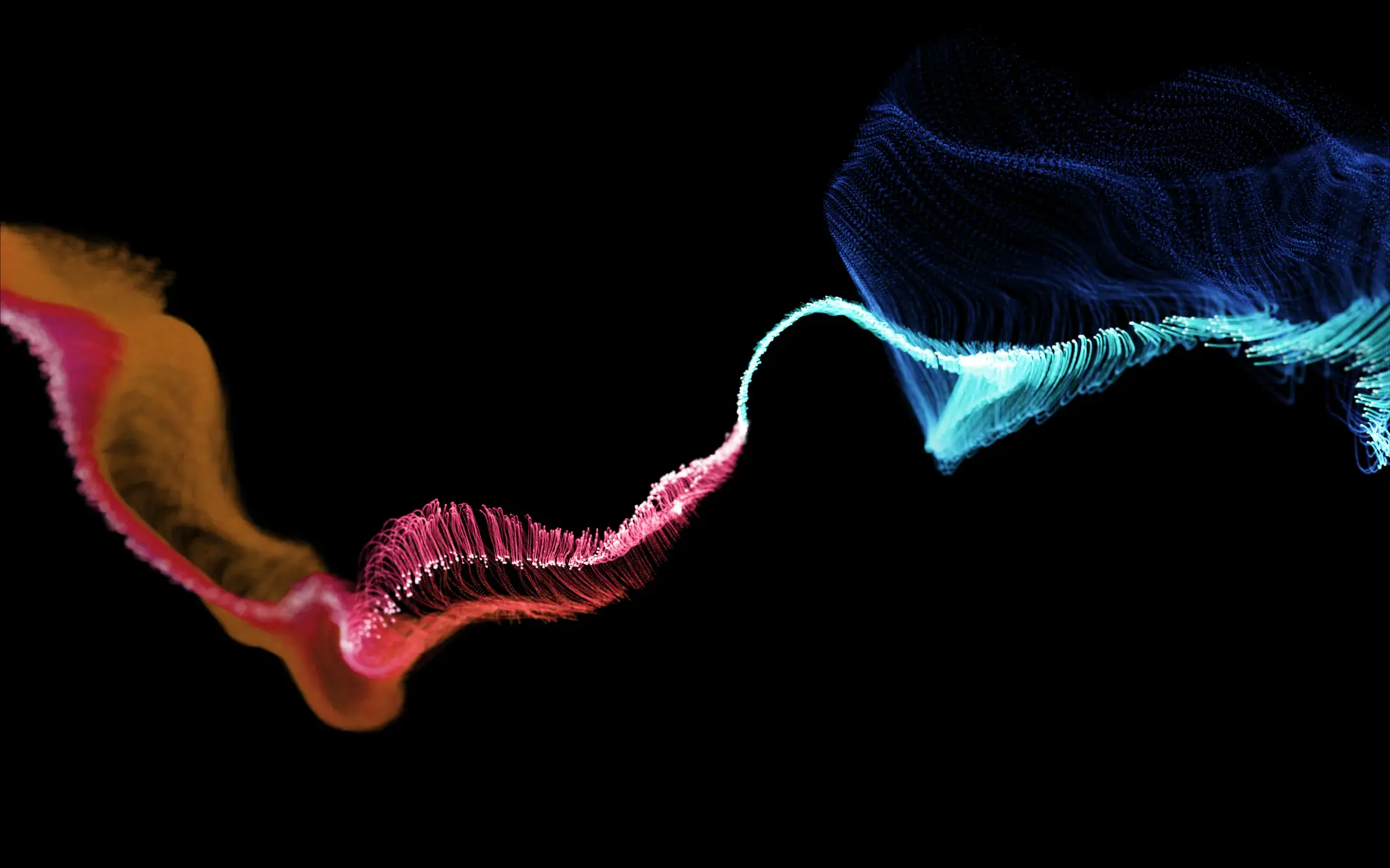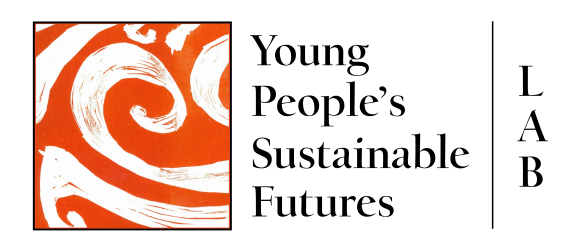
The Challenge
The COVID-19 pandemic is a public health crisis that has mostly impacted the physical health of older people, and people with underlying health concerns. Which is not to say that the health impacts of COVID are not also significant for a number of young people.
However, the series of lockdowns that Melbourne and other Victorian regions and cities have experienced since March 2020 have produced a range of social, economic and policy crises that have had a particular impact on young people – most notably in terms of massive disruptions to schooling, education and training, enforced periods of ‘social distancing’ and isolation from family and friends, and severe impacts to the businesses and labour markets that mostly employ young people.
Around the world, across Australia and Victoria, these disruptions and crises have posed significant health and well-being challenges for different groups of young people, and these challenges have generated much expert and adult commentary.
Nadia Daly, for example, reported for @abcnews_au that ‘Health experts warn young people are at centre of impending mental health crisis following COVID’ (July 2021).
Professor Patrick McGorry – one of Australia’s most prominent commentators on mental health – has observed that younger Australians are ‘bearing the brunt of the adverse effects of COVID on mental health’ and that the ‘surge in demand for care hasn’t been met due to inadequate resourcing’.
Early in the pandemic in 2020 the Melbourne based Commission for Children and Young People conducted surveys with over 640 children and young people, and 170 plus staff from 70 service and support organisations on the impact of COVID-19 on children and young people.
In those surveys, and in other reports, young people, and the service providers who work with young people, reported increased uncertainty and anxiety about the present and the future, and increases in issues related to feelings of isolation and disconnection.
The National Youth Commission (NYC) – a leading youth advocacy organisation – Youth Futures Guarantee outlines three key dimensions of the challenges of young people’s health and wellbeing now and in the future (National Youth Commission, The National Youth Commission Inquiry, Youth Futures Guarantee 2020, p.11).
- Having greater access to health and wellbeing community supports
- Create structured opportunities for healthy peer to peer relationships to develop
- Enhanced early interventions services for young people
Under each of these dim
ensions, the NYC lists a number of concrete interventions to meet these challenges.
If these interventions are introduced, the NYC makes claims for a number of positive outcomes that will flow from them, including:

Caption goes here
Also in 2020, the Youth Affairs Council of Victoria’s (YACVIC 2020) ‘A COVID-19 Recovery Plan for Young People’ identified elements of the emergency and what the future might hold for young people’s mental health and well-being:
The Mental Health Emergency
The stress and uncertainty of the pandemic have challenged young people’s mental health and wellbeing. Social isolation, disruptions to education, unemployment, financial insecurity and uncertainty about the future have contributed to feelings of hopelessness, loneliness, and anxiety.
Increased Ongoing Demand
The mental health impact of the pandemic is likely to continue even after the immediate public health emergency ends…Young people will also take time to recover from the many other negative experiences and sacrifices they have made during the pandemic. Experience from previous recessions shows that young people will experience higher suicide rates and mental ill-health for decades. This means that…ongoing and expanded mental health support is critical to ensure that young people are not left without adequate services as the mental health emergency continues long after the pandemic.
Madeline, and a View of this Emergency from Geelong
For many young people COVID-19 enters a world in which their concerns about the climate crisis and the community, business and political inaction in relation to this crisis, to ongoing concerns about racism, sexism and discrimination on the basis of sexuality or disability all impact on their well-being, their sense of self, and their experience of the present and the future.
In the COVID-19 Recovery Scenarios in Melbourne’s Inner North project, we developed a brief video in which a number of young people spoke about their sense of these challenges:
In the COVID-19 and Young People’s Education and Employment Aspirations project in Geelong, many young people that we have spoken with have canvassed a range of these health and well-being challenges, and the influences these challenges have on their futures and their education, training and employment pathways – and their sense of belonging in families, neighbourhoods and communities.
Madeline is one of these young people from Geelong. She is 17 years old and studying Year 11 while working part-time at a local supermarket. Madeline lives at home with her family, and the pandemic has impacted her significantly:
My life at the moment, especially during COVID-19 has really been affected. I haven’t been able to go to school. I feel disconnected with the world because of all the different things that have been happening. I feel like I’ve lost friendships out of all this. I think it’s because we don’t see each other at school and especially with all of the education part of it as well. I feel that I’m behind in school as well because of online learning.
Her contribution here relates to the way in which she talks about the impacts of the pandemic, not only on herself, but in terms of how she understands its impact on the mental health and well-being of other young people in Geelong.
View this post on Instagram
There are generational impacts here that will likely echo for a number of years to come. What does the future hold for young people’s health and well-being in a ‘COVID normal world’ and how do we think about these challenges in ways that can lead to productive and ethical innovations?
In this post we want to build on a model that we have been working with for a number of years – socio-ecological models of young people’s well-being – and introduce the concept of young people as biocultural creatures whose well-being is shaped by the biocultural habitats in which they live.
Socio-ecological Models of Young People’s Health and Well-being

Caption
One way that we have been understanding young people’s health and well-being, is through a socio-ecological model that points to:
“…the interaction between, and interdependence of, factors within and across all levels of a health problem. It highlights people’s interactions with their physical and sociocultural environments.”
“…Ecological models recognize multiple levels of influence on health behaviors, including:
Intrapersonal/individual factors, which influence behavior such as knowledge, attitudes, beliefs, and personality.
Interpersonal factors, such as interactions with other people, which can provide social support or create barriers to interpersonal growth that promotes healthy behavior.
Institutional and organizational factors, including the rules, regulations, policies, and informal structures that constrain or promote healthy behaviors.
Community factors, such as formal or informal social norms that exist among individuals, groups, or organizations, can limit or enhance healthy behaviors.
Public policy factors, including local, state, and federal policies and laws that regulate or support health actions and practices for disease prevention including early detection, control, and management…”

Caption
At the base of the pyramid are all the elements that contribute to a young person’s physical and mental and emotional health and well-being. These elements shape the different ways in which young people are able to imagine and ‘do’ their engagement with/in education, training and work. If young people are engaged, then the possibility exists for them to develop skills, capabilities, attitudes and dispositions, that can create the opportunity to journey on further education, training and employment pathways.
Of course these pathways will look different for different young people, and at different times (boom, recession, pandemic), and in different places (inner city, outer urban, regional and rural).
The socio-ecological model for considering health and well-being provides a powerful way to imagine the relationships and connections that shape young people’s lives – up close and personal where they live, but also at the global, national, state and regional level.
Again, think microscopic virus originating in China, shutting down the global economy, closing Australia’s borders, locking down some cities, regions and towns as the rest of the country stays open.
But, in our recent thinking, we are looking to build on this model.
Young People as Biocultural Creatures who Live in Biocultural Habitats
In an upcoming book chapter – ‘Being young’, ‘living well’, in/beyond the pandemic: Exploring the entanglements between COVID-19, the Anthropocene and young people’s wellbeing – and in a recent post, we (Seth Brown, James Goring and I) discussed in much greater detail Samantha Frost’s (2016) concept of young people/humans as biocultural creatures who live and thrive, or not, in diverse and different biocultural habitats.
To think of young humans (all humans) as ‘creatures’ is, for Frost (2016: 3-4), a means by which we can be ‘held to account for human creatureliness, for the ways that humans, like all other creatures, are alive and are able to stay alive because they are embedded in and draw manifold forms of sustenance from a habitat of some kind’. This move beyond forms of human exceptionalism is a refusal of the ‘hubristic exception that would make humans a bizarre and almost unthinkable living phenomenon, abstracted from the habitats that are the condition of their being able to live’. If we are ‘creaturely’, we are also ‘biocultural’. As Frost (2016: 4) observes, all creatures are ‘biocultural in the sense that they develop, grow, persist, and die in an environment or habitat that is the condition for their development, growth, persistence, and death’.
Frost’s work, as you will see from that other post, is suggestive of a range of strange and dangerous trajectories for doing critical sociologies of young people’s wellbeing. For thinking about and puzzling with the possible senses that can be made of the anxieties, concerns, aspirations and hopes of young people such as Madeline for their presents and futures, for being able to ‘live well’ as biocultural creatures in the habitats that provide them with differing opportunities and resources for that living.
In this space we have just begun to gesture to a small number of these trajectories. But we can say that young people’s wellbeing is always about the materiality of embodiment – is always about energy and atoms up through the scales of molecules, cells, proteins, to gross organisms (Frost 2016). Is always about the bioculturalness of the habitats in which young people live. Is always about entanglements with diverse others in diverse biocultural habitats.
If being human – being Madeline, being young – is profoundly about the conditions under which we develop, grow, persist, and die in an environment or habitat that is the condition for our development, growth, persistence, and death, then what scale do we want to think at, and with, in doing critical sociologies of young people’s wellbeing? What biocultural creatures, objects, processes, habitats and entanglements should be imagined as being of interest at these different scales? And, finally, what sorts of habitats, and what sort of ‘biocultural politics’ will enable young people, in all their diversity as biocultural creatures, to ‘live well’ in the Anthropocene?
References
Frost, S. (2016). Biocultural Creatures: Toward a New Theory of the Human. Durham: Duke University Press.
Cover image: Richard Horvath via Unsplash
